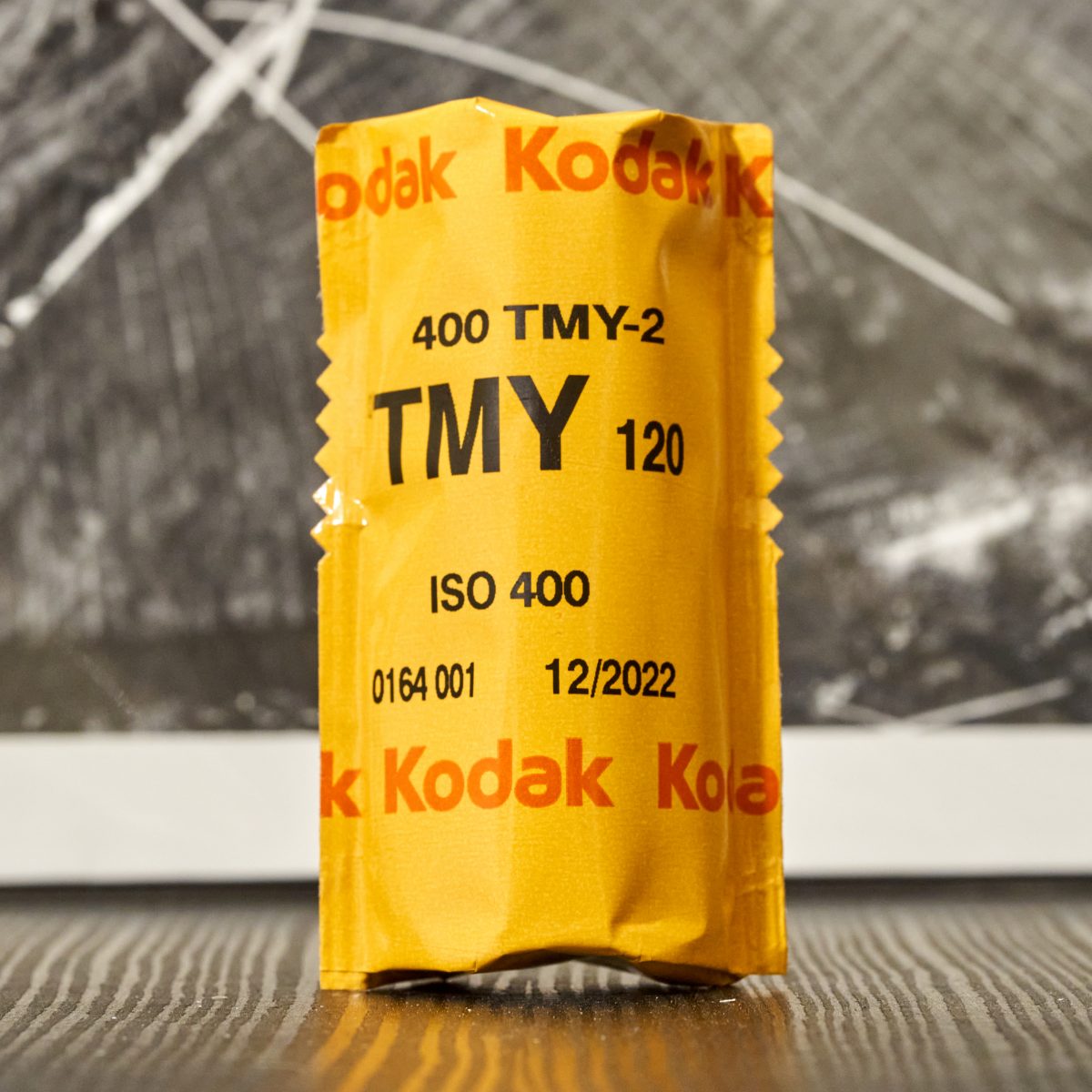
There are two types of people (well, in the very specific group of people who shoots medium speed Kodak BW film in 2022) – those who likes Tri-X and those who grab T-Max 400. Generally speaking, Tri-X is grainy and made famous by past analog street photographers. Picture a scene shot in the 60s in NYC, chances are that’s Tri-X. T-Max, on the other hand, is smooth, and supposed to be for landscape, where graininess doesn’t bring as much to the table (the harsh grains could give some mood to desolated places, but usually landscapes are supposed to be dreamy!) I shoot mostly landscapes and cityscapes, but rarely delved in the monochrome realm of black and white film. Unfortunately, color film looks dreadful during the colder months in the Pacific Northwest – constant rain, thick clouds and short days made BW essential for photography. With that, I grabbed some T-Max 400 just before Kodak initiated their third annual price increase on all their film.
I shot a lot in the supermarket, ever since the beginning of the 2019 coronavirus pandemic (which technically affected all of us in early 2020). In the beginning, supermarkets were the only places we go; later on, I came up with the idea of creating a photo book for this time period, focuses on supermarkets. (Maybe someday?) I took a roll of T-Max 400 and shot some scenes in the local “Asian” grocery shop. Ironically, the concept of a ethnic Asian supermarket only exist in the West. The one unique spin of Asian Supermarkets in the Pacific Northwest, is a free service to prepare one’s fresh seafood, which is borrowed from “Western-American” supermarkets. The attendants would sliced up the fish whichever way you would like, or deep fry them. As a result, the area around the seafood counter usually smells amazing.
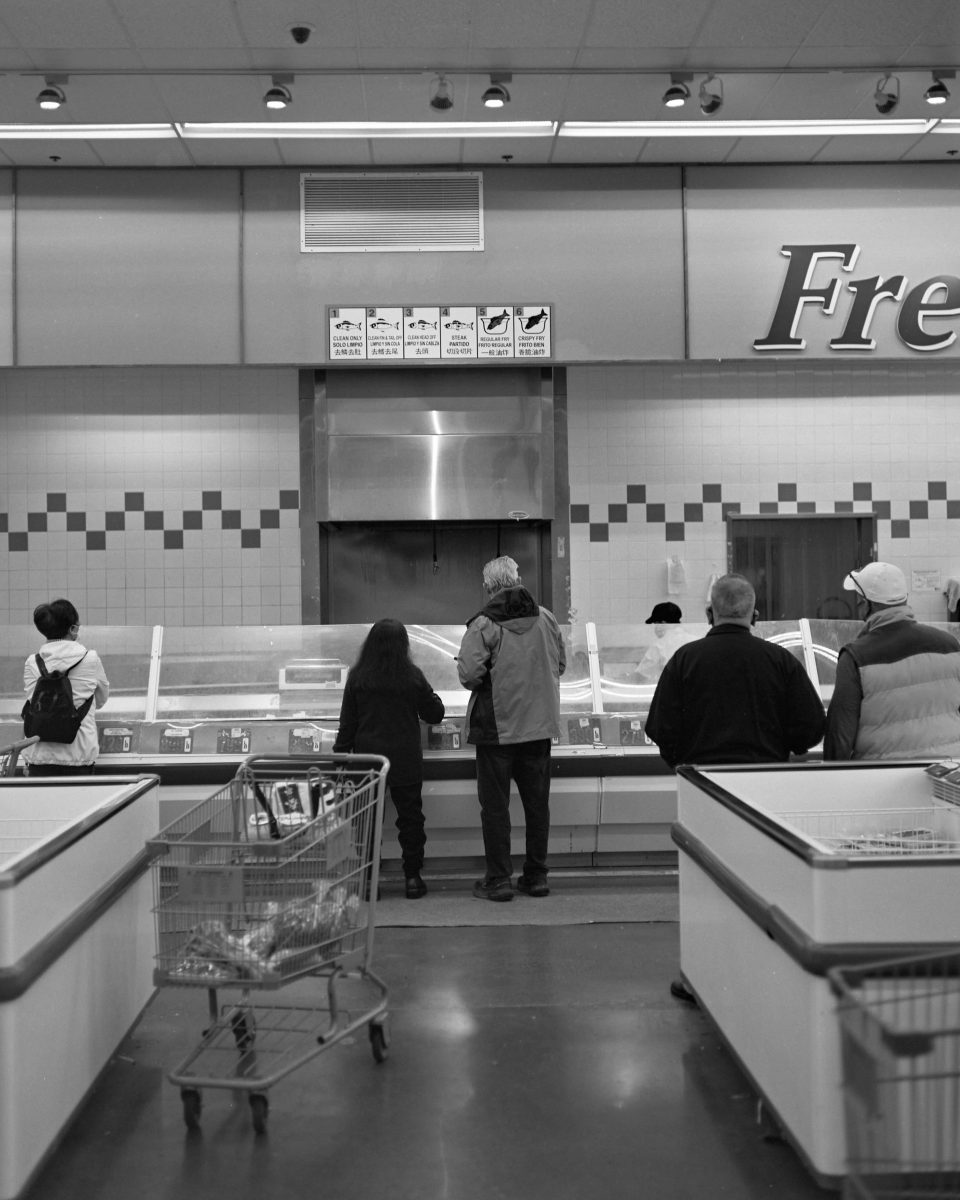
[Plaubel Makina 67 | Nikon Nikkor 80/2.8 | Kodak T-Max 400]
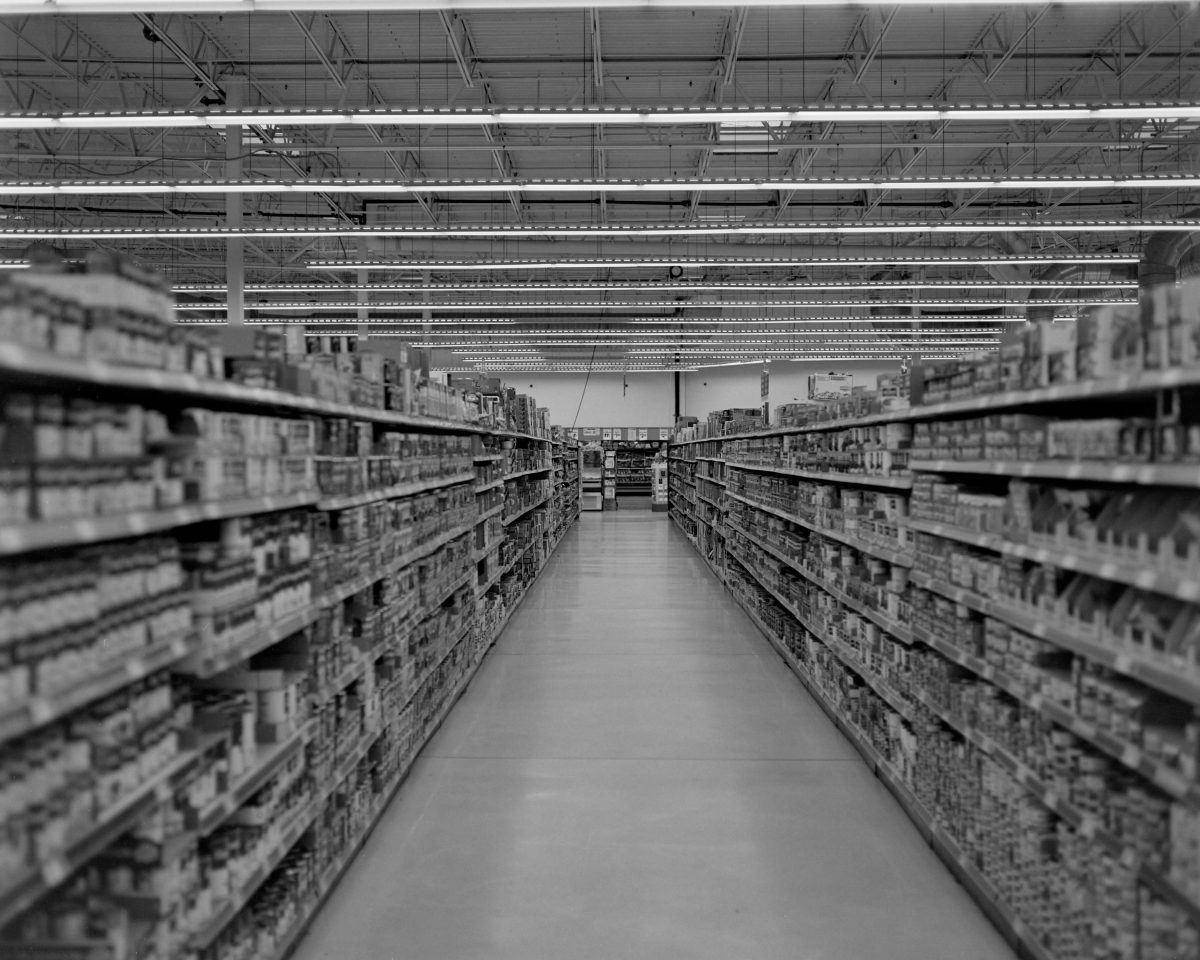
[Plaubel Makina 67 | Nikon Nikkor 80/2.8 | Kodak T-Max 400]
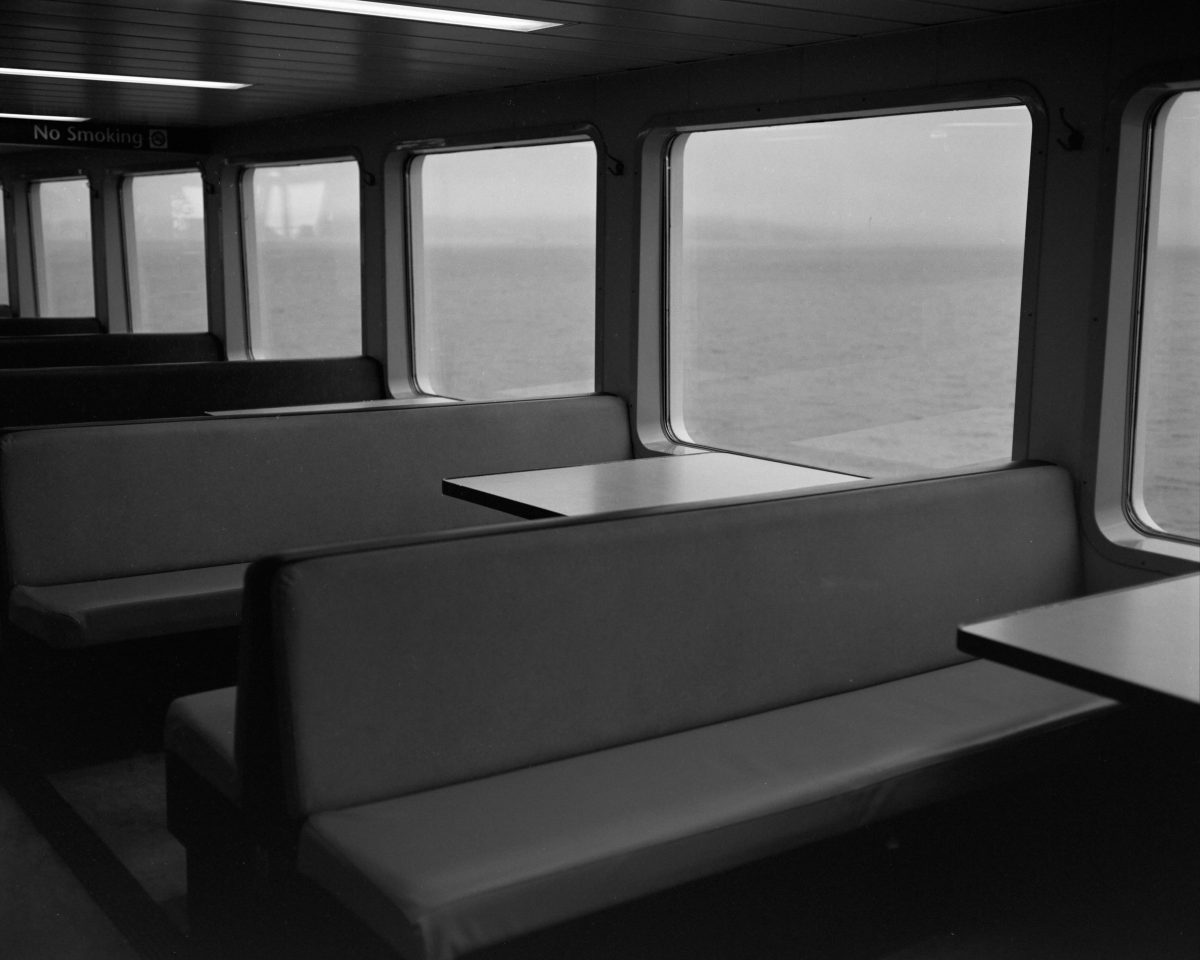
[Plaubel Makina 67 | Nikon Nikkor 80/2.8 | Kodak T-Max 400]
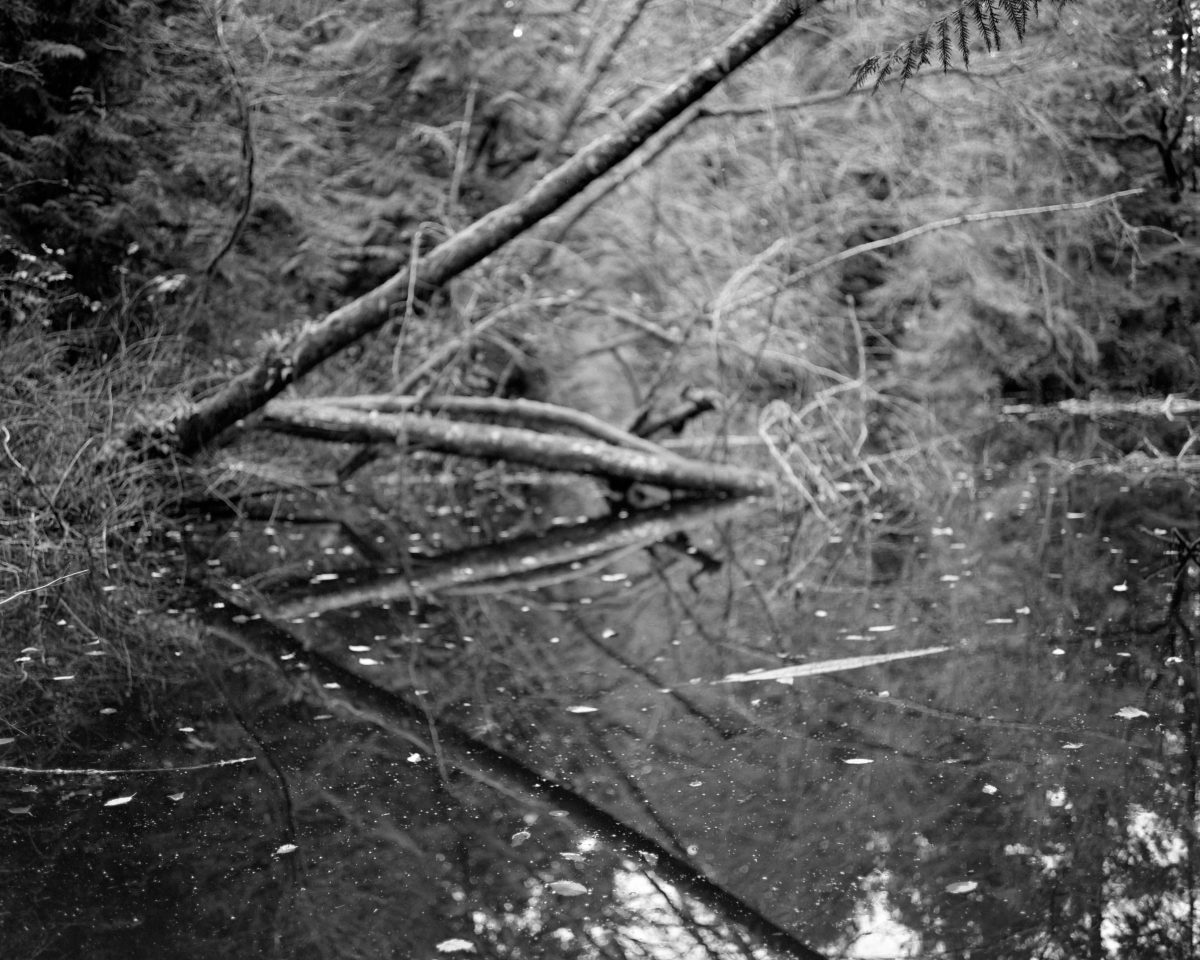
[Plaubel Makina 67 | Nikon Nikkor 80/2.8 | Kodak T-Max 400]
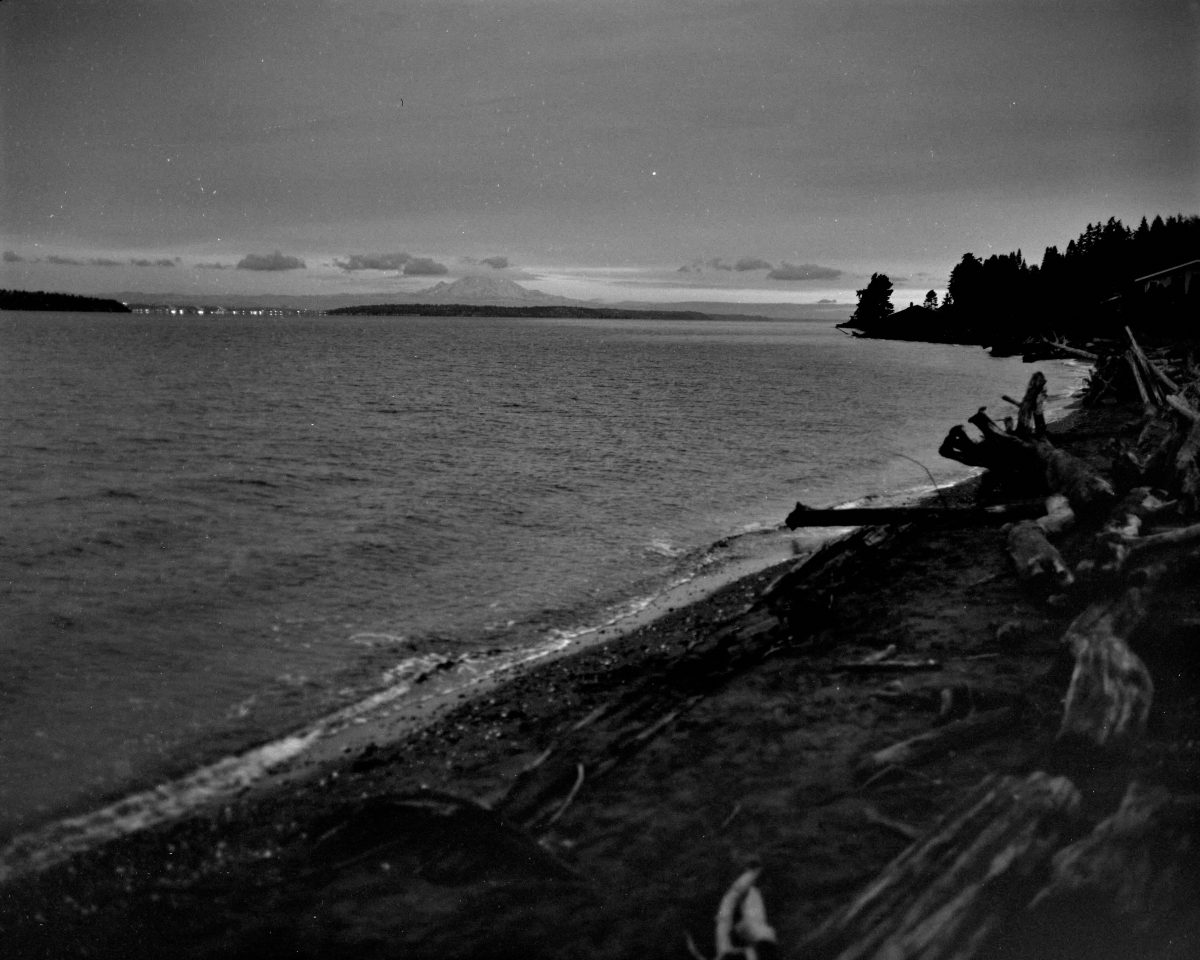
[Plaubel Makina 67 | Nikon Nikkor 80/2.8 | Kodak T-Max 400]
Kodak T-Max 100 Overview
Kodak’s Professional T-Max 100 is a medium-speed panchromatic black and white negative film characterized by an extremely fine grain structure along with high sharpness and resolving power. By utilizing a T-GRAIN emulsion, the grain pattern resembles a patterned, tabular form that maintains effective film speed while reducing the appearance of grain during enlarging or scanning. This film has a nominal sensitivity of ISO 100/21° and also features a wide exposure latitude, broad tonal range, and responds well to push development and zone system development changes.
In addition to processing as a negative in standard black and white chemistry, T-Max 100 is also suitable for reversal processing using the T-Max 100 Direct Positive Film Developing Outfit for creating copy and duplicate work.
Film Base Acetate
Layer Thickness 119.4 µm